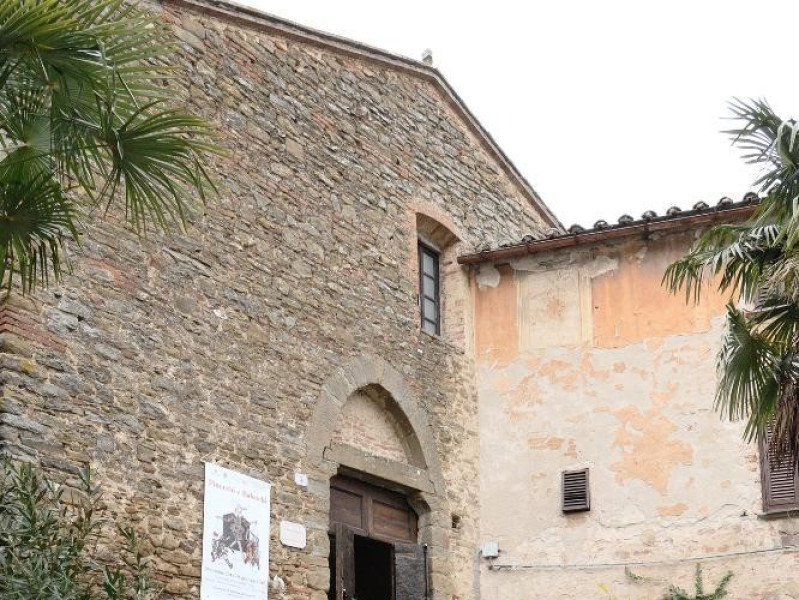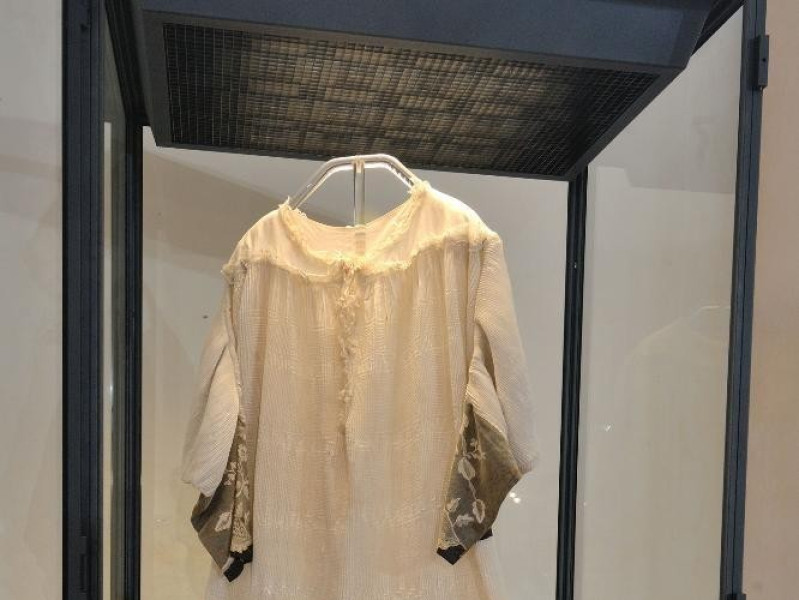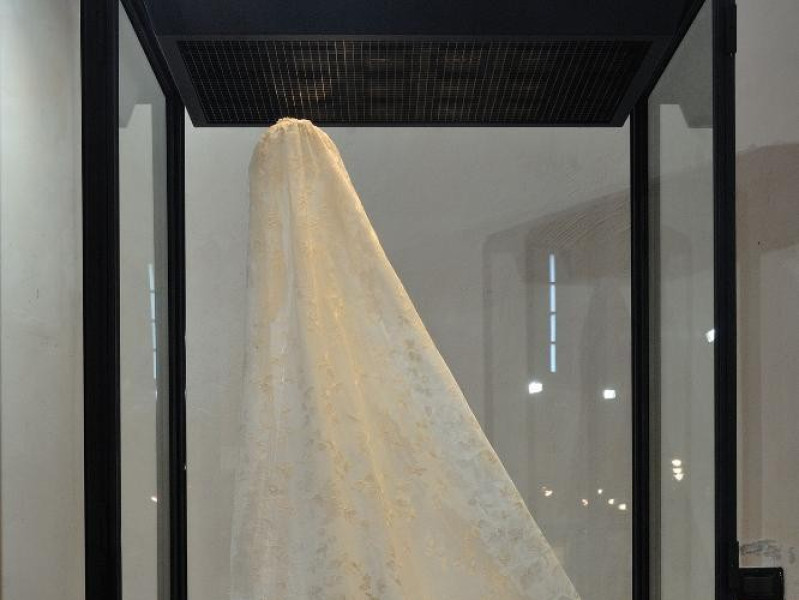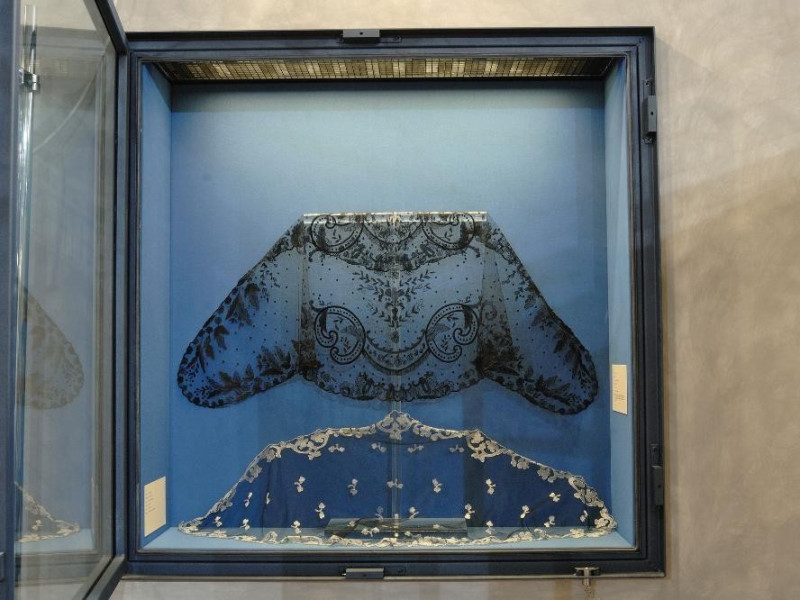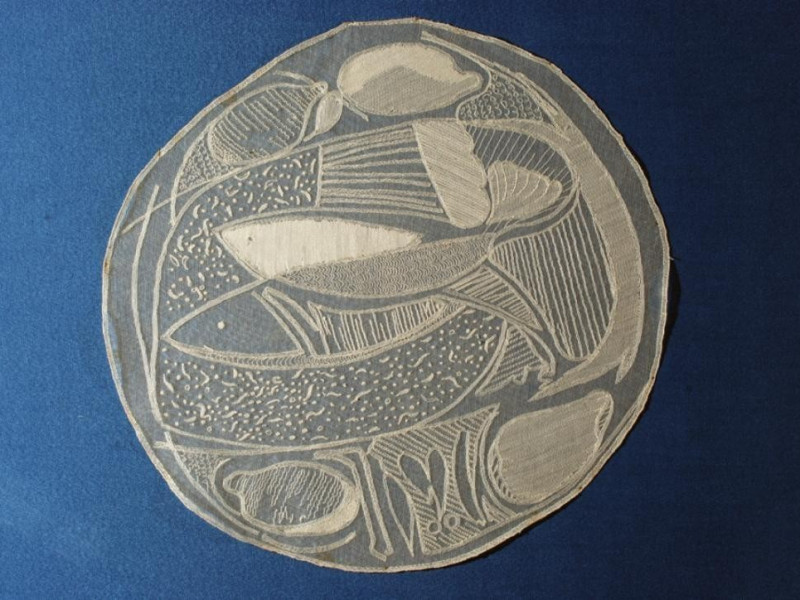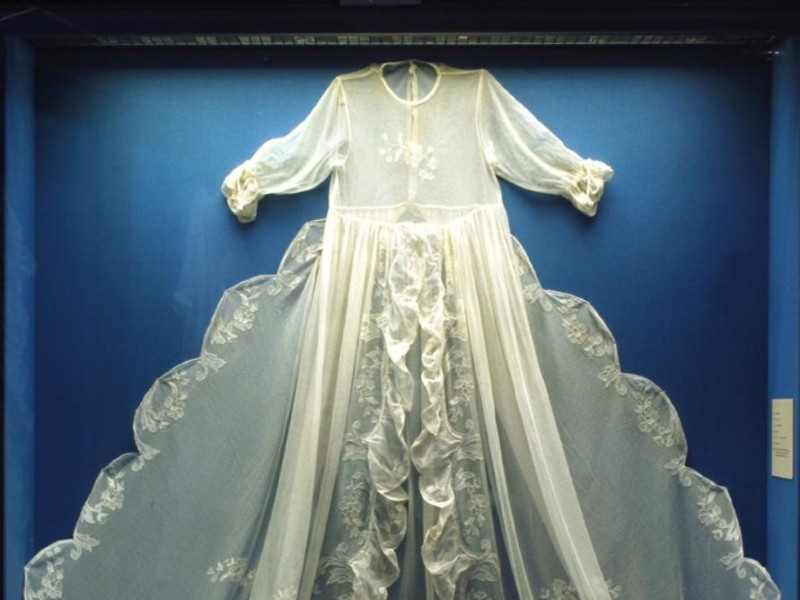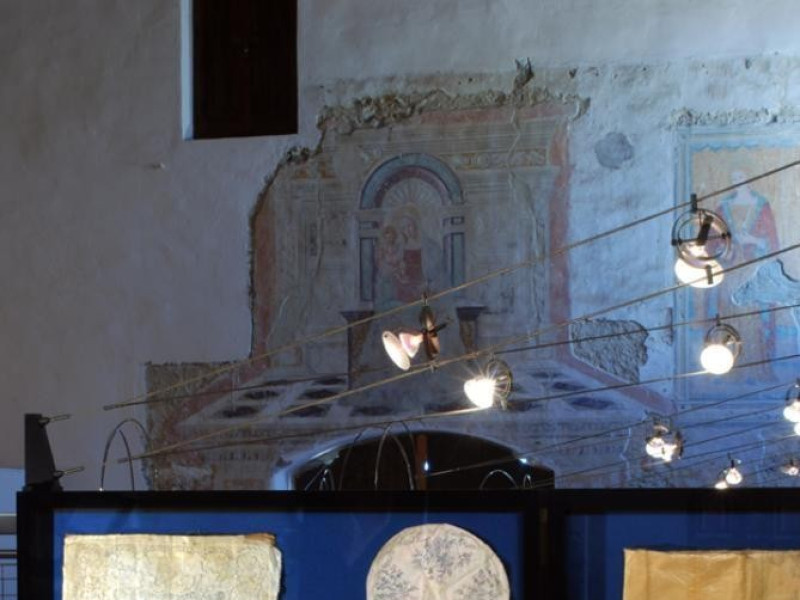Luogo - Museum
Museo del Tulle "Anita Belleschi Grifoni"
Where
Piazza Regina Margherita, 5/A, Panicale (Perugia)
"Anita Belleschi Grifoni" Tulle Museum
Inaugurated in 2001, the Museo del Tulle "Anita Belleschi Grifoni" has its premises in the 1500s Church of Sant'Agostino, in Panicale, restored so that it could conserve and exhibit the numerous embroidered Tulle manufactured articles that had been spread around in private hands and in town churches.
Embroidery on Tulle was a needle activity, performed with material such as cotton and silk. It was already widespread starting from the first decades of the 19th century, thanks to the improvement in technique made by the English Heathcoat and Lurley, in 1809, with the introduction of a loom that mechanically produced Tulle, a very fine and vaporous netting fabric, which is light but at the same time very resistant. Tulle in fact is a fabric characterized by the typical machine made structure of interlaced fibers—producing small hexagonal designs—called "bobbinet", a perfect base for laces. This embroidery technique, born to offer a production similar to the hand made one, like the needle-lace or the "Tombolo" and "Fuselli"—respectively ‘pillow’ and ‘bobbins’—made lace, was practiced by the nuns of the Collegio delle Vergini di Panicale and taught to the young girls, pupils of the College up until 1872, year of its closure.
During the 1930s, this traditional activity was revived by Anita Belleschi Grifoni, a lady from Panicale who improved the techniques, revised designs and simplified the stitches.
Convinced of the economic and social potentiality of this traditional activity, an exclusively women's activity, Anita Belleschi Grifoni founded a school and created its trademark, the "Ars Panicalensis". From the beginning, 1936, the company entered into a sort of collaboration with the ENAPI—Ente Nazionale per l'Artigianato e le Piccole Industrie—and also entered into contact with many contemporary artists, who produced designs and models to reproduce in the form of laces. Thanks to Anita's initiative and to her numerous social relations, but also to the contained cost of the manufactured products, the Ars Panicalensis embroidery became célèbre among nobles and the families of the middle class and higher classes, to the point that some of its samples were also sold to the royal family of Savoia and to the princes of Torlonia.
The school, like previous and analogous experiences of the region, also had the aim of providing women with their own economic independence and personal self-realization through the production and commercialization of their handmade work. After the death of Anita Belleschi Grifoni and the closure of her school, some lace makers continued to keep this traditional technique alive.
